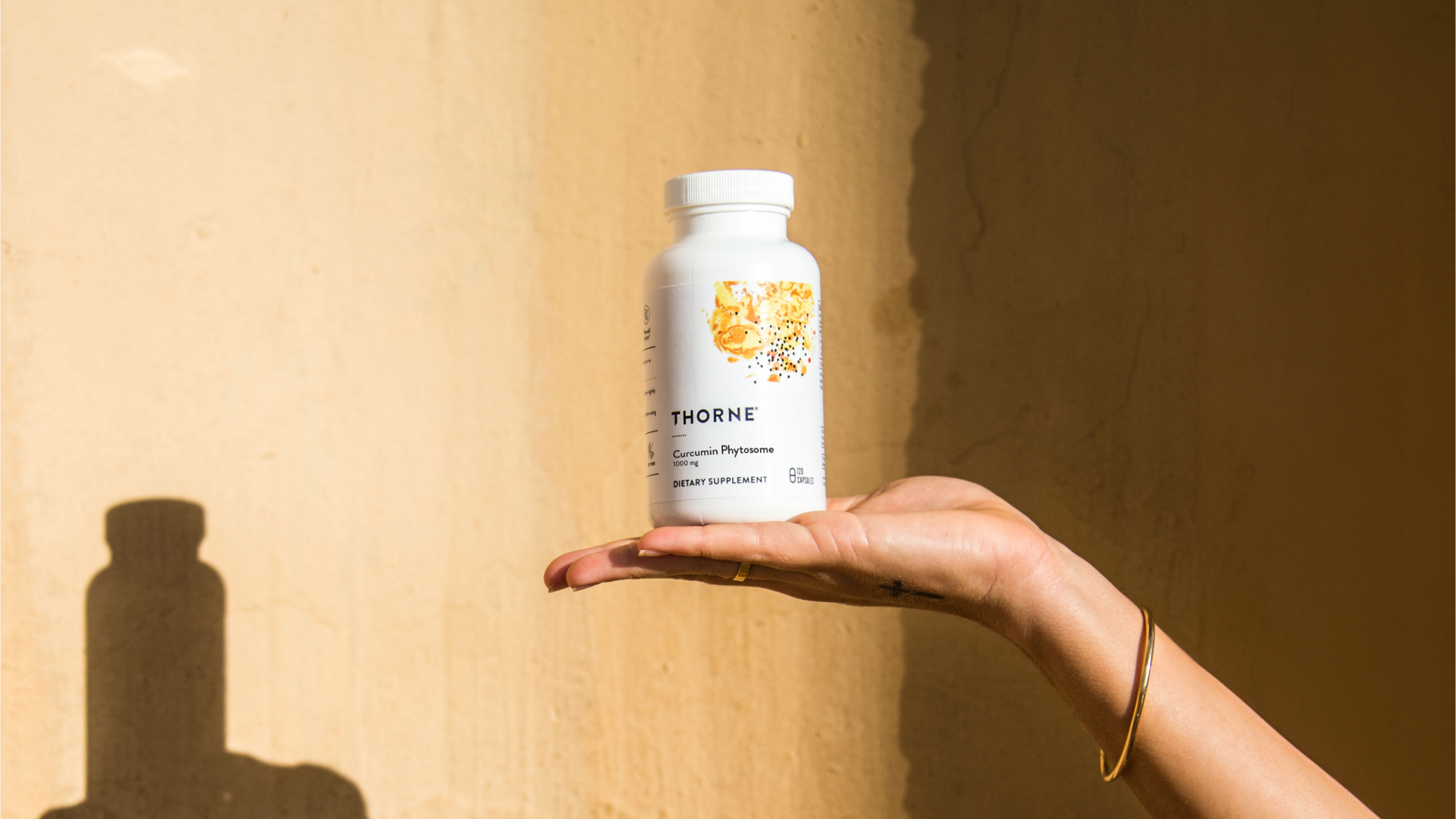People take supplements to improve or optimize their health. So what happens when you look at the label, and the ingredient list is filled with unrecognizable additives?
Ashwagandha is one of the most popular dietary supplements on the market right now [1]. Maybe you’re here because you’re curious about its sudden boom in the market, or maybe your interest is specifically in ashwagandha for stress. Here is some information that may help you decide if an ashwagandha supplement is the right choice for you.
Ashwagandha is the name of a particular species within a category of plants and fungi known as adaptogens. Adaptogens are herbal pharmaceuticals that help the body adapt to different kinds of stress. Substances from their roots, stems, or leaves can offer systemic benefits to homeostasis and general human health when consumed.
Ashwagandha, specifically, has a long history of use in Ayurvedic medicine as a “Rasayana”, or rejuvenator herb. Rasayana herbs can help rejuvenate the body and promote the health of all the tissues by eliciting a complex network of changes throughout the body [1]. One of many benefits backed by modern science, however, is ashwagandha’s ability to help the body respond to stress and anxiety.

More About Ashwagandha
Ashwagandha is also known as “Indian ginseng”, “winter cherry”, or by its scientific name Withania somnifera. It’s a herbal shrub used for its medicinal properties.
Aside from its benefits to stress and anxiety, ashwagandha can support healthier glucose (sugar) and triglyceride (fats) levels in the circulation, promote focus and memory, stimulate female sexual function and male fertility, maximize the effects of exercise, balance immune response, and promote healthy inflammatory response with anti-arthritic benefits [2,3].
There are different forms in which you can take ashwagandha. You may see it in capsules, pills, tinctures, or drops, or as an ingredient in food and drinks. While root-only extracts have the most extensive history of research, more recent publications conclude that the leaves of the Ashwagandha plant may carry similarly beneficial properties to the root [3]. This is a boon to the industry, as harvesting the root of the plant otherwise lays waste to the portion growing above ground.
What are the Active Compounds in Ashwagandha?
As noted above, ashwagandha does not elicit one specific pharmacological mechanism. The processes it catalyzes in the body and the benefits that result are more holistic and complex.
Adaptogens are herbs that normalize physiological processes in times of increased stress [4]. Adaptogens reduce stress-induced damage and exhibit stimulating effects, but they are also innocuous, do not interfere with any bodily functions, and do not cause any negative effects or withdrawal symptoms [4].
A recent review summarizes about 140 specialized compounds isolated from ashwagandha [4]. Half of the compounds on this list are a complex group of steroidal lactones, or withanolides.
Withanolides can protect against damage from environmental toxins [5], exhibit anti-inflammatory and antioxidant effects on human cells [4], and promote the proper differentiation and growth of cells, in vitro [6]. It is likely the withanolides (and withanosides, alkaloids, and other phytocompounds) in ashwagandha triggering physiological reactions that leads to positive outcomes throughout the body.
Ashwagandha for Stress
Root and leaf extracts of ashwagandha (including phytoconstituents) promote anti-stress and anti-anxiety effects in both human and animal studies [3].
Stress can cause functional and structural changes within the brain. Stress has been implicated in the development of most neuropsychiatric disorders, including anxiety, depression, and insomnia [1]. The mechanisms by which stress contributes to these disorders include hyperactivity of the Hypothalamic-Pituitary-Adrenal (HPA) axis and dysregulation of the immune system [1].
Regular supplementation with ashwagandha can actually reduce the activity of the HPA axis in response to stressors [4,7].
The evidence for this effect of regular ashwagandha use (versus a placebo) is reduced stress hormones (such as cortisol) and significantly improved scores on standardized scales, including the Hamilton Anxiety Rating Scale (HAM-A), and the Depression, Anxiety, and Stress Scale -21 (DASS-21) [7].
It should be noted that the dosage of daily ashwagandha for stress has ranged quite a bit in different clinical studies. Talk to your doctor about the appropriate dosage before you begin taking daily ashwagandha for stress.
- Speers, Alex B., et al. “Effects of withania somnifera (ashwagandha) on stress and the stress-related neuropsychiatric disorders anxiety, depression, and insomnia.” Current Neuropharmacology 19.9 (2021): 1468.
- Silva, Lauren. “7 Science-Backed Health Benefits Of Ashwagandha”. Forbes Health. Feb. 1, 2023. https://www.forbes.com/health/body/ashwagandha-benefits/
- Bhosale, Shreya Dhanaji, R. Galib, and P. K. Prajapati. “Can Ashwagandha Leaf be Replaced with its Root in Therapeutics? A Review through Published Literature.” Pharmacognosy Research 15.1 (2022).
- Salve, Jaysing, et al. “Adaptogenic and anxiolytic effects of ashwagandha root extract in healthy adults: a double-blind, randomized, placebo-controlled clinical study.” Cureus 11.12 (2019).
- Priyandoko, Didik, et al. “Ashwagandha leaf derived withanone protects normal human cells against the toxicity of methoxyacetic acid, a major industrial metabolite.” Plos one 6.5 (2011): e19552.
- Wang, Jia, et al. “Effect of ashwagandha withanolides on muscle cell differentiation.” Biomolecules 11.10 (2021): 1454.
- Lopresti, Adrian L., et al. “An investigation into the stress-relieving and pharmacological actions of an ashwagandha (Withania somnifera) extract: A randomized, double-blind, placebo-controlled study.” Medicine 98.37 (2019).
Share:
Related Posts

Thorne Celebrates 40 Years of Good Health
Maggie Chandler April 12, 2024 As it’s often said at Thorne, healthy ageing is a gift. It’s about embracing the way you feel, your experiences,

Healthy Coffee Alternatives: When to Quit Coffee & What to Drink Instead
Dr Thomas Wnorowski February 16, 2024 Key Points: Does the idea of quitting coffee make you feel all sorts of (terrible) things? It’s common. But

How Your Social Network Impacts Your Mental Health
Austin Ruff April 17, 2024 Humans are inherently social creatures. It’s in our nature to connect and want to be connected to the people around

Microbiota-Gut-Brain Axis: Behaviour and Dementia Implications
People take supplements to improve or optimize their health. So what happens when you look at the label, and the ingredient list is filled with

Gut Bacteria and GABA
People take supplements to improve or optimize their health. So what happens when you look at the label, and the ingredient list is filled with


